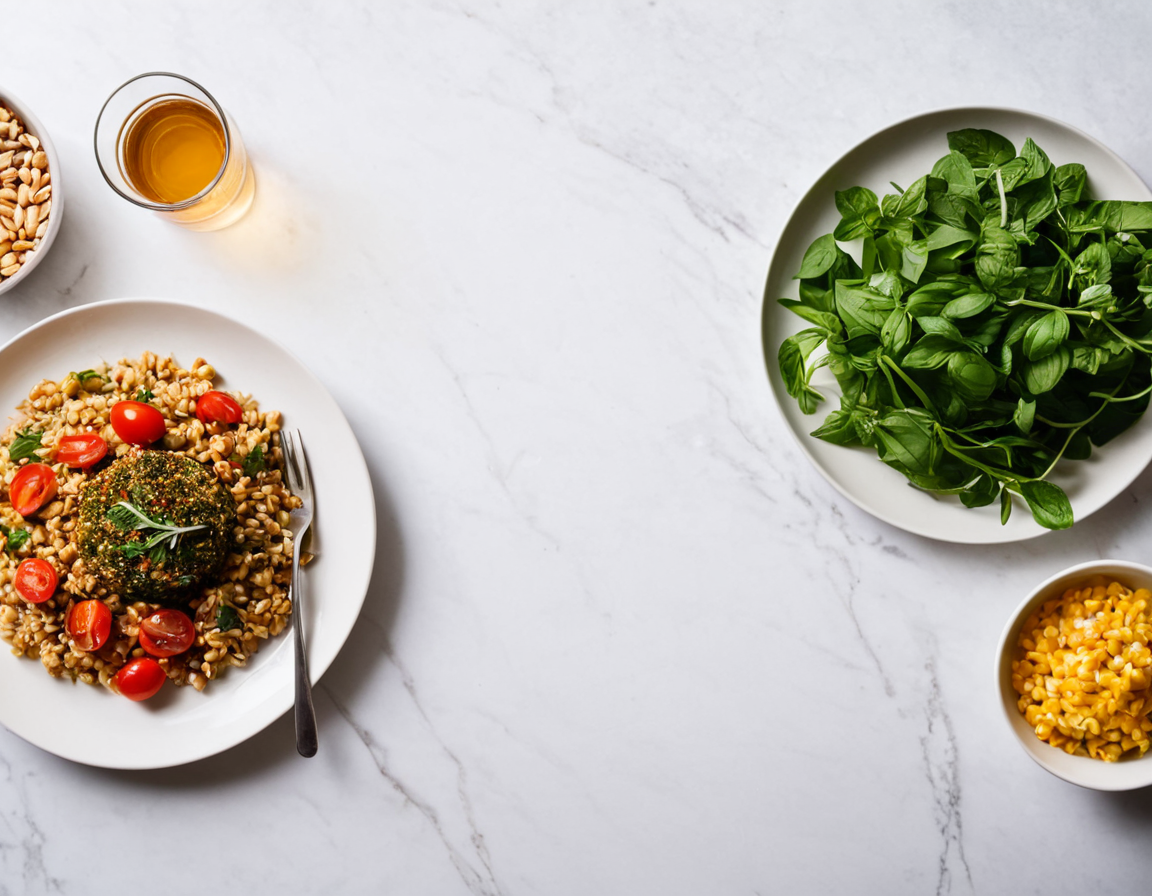Food Styling Tips for Success

Mastering the Art of Food Styling Photography: The Secret to Creating High-Demand, High-Payment Content
Introduction
Food styling photography has become an increasingly popular and lucrative field in recent years. With the rise of social media platforms like Instagram and Pinterest, food brands and businesses are looking for ways to visually showcase their products in a way that resonates with their target audience. However, creating high-quality food content is not just about slapping some food on a plate and calling it a day. It requires skill, creativity, and attention to detail.
In this article, we will delve into the world of food styling photography and explore the techniques, tools, and strategies needed to create visually stunning and high-demand content that can help businesses succeed in the competitive world of food marketing.
Understanding the Basics
Before we dive into the nitty-gritty of food styling photography, it’s essential to understand the basics. Food photography is not just about taking pictures of food; it’s an art form that requires a deep understanding of lighting, composition, and storytelling.
Lighting
Lighting is one of the most critical elements in food photography. Natural light, artificial light, or a combination of both can greatly impact the final result. However, using harsh or direct light can create unflattering shadows and highlights that can make your food look less appealing.
Instead, opt for soft, diffused light that wraps around the subject, creating a flattering and inviting atmosphere.
Composition
Composition is another crucial aspect of food photography. The rule of thirds, leading lines, and framing are just a few techniques to consider when composing your shot.
Experiment with different angles, textures, and props to add depth and visual interest to your images.
Styling
Styling is the process of preparing and presenting the food in a way that makes it visually appealing. This includes selecting props, styling the plate, and adding garnishes.
Keep in mind that less is often more when it comes to styling. Avoid over-accessorizing or cluttering the image with too many elements.
Editing
Finally, editing plays a significant role in food photography. However, be mindful of over-editing, which can result in images that look unnatural or staged.
Instead, focus on enhancing the natural colors and textures of the food while maintaining its authenticity.
Tools and Equipment
While the techniques mentioned above are essential, having the right tools and equipment can greatly impact the quality of your work. Here are some must-haves:
- A high-quality camera with manual controls
- A lighting kit or natural light source
- A tripod for stability
- A reflector or diffuser for softening harsh light
- A styling table or surface
Practical Examples
Here’s an example of how to apply the techniques discussed above in a real-world scenario:
Step 1: Preparing the Food
- Choose a dish that is visually appealing and can be styled easily.
- Prepare the food according to your recipe, making sure it meets your styling standards.
Step 2: Styling the Plate
- Select props that complement the dish without overpowering it.
- Arrange the props in a way that creates visual interest and balance.
**Step 3: Shooting the Image
- Use natural light or a lighting kit to create a flattering atmosphere.
- Experiment with different angles, textures, and props to add depth and visual interest to the image.
Conclusion
Mastering the art of food styling photography takes time, practice, and patience. By understanding the basics of lighting, composition, and styling, you can create high-quality content that resonates with your target audience and helps businesses succeed in the competitive world of food marketing.
However, remember that this is just the tip of the iceberg. Food styling photography requires ongoing education, experimentation, and refinement to stay ahead of the curve.
So, the next time you’re tempted to slap some food on a plate and call it a day, take a step back and think about the art form behind it all. With dedication, hard work, and a willingness to learn, you can create high-demand content that drives business results.
What’s your favorite food styling photography technique? Share with us in the comments below!
Tags
food-styling-photography culinary-presentation professional-chef-tips high-end-restaurants gourmet-visuals
About Amanda Lee
Hi, I'm Amanda Lee, a seasoned photographer and blogger passionate about helping creatives grow their skills. With a background in photo editing software like Lightroom & Photoshop, I share practical tips, tutorials, and inspiration on lentecreativa.com to help photographers elevate their craft.
